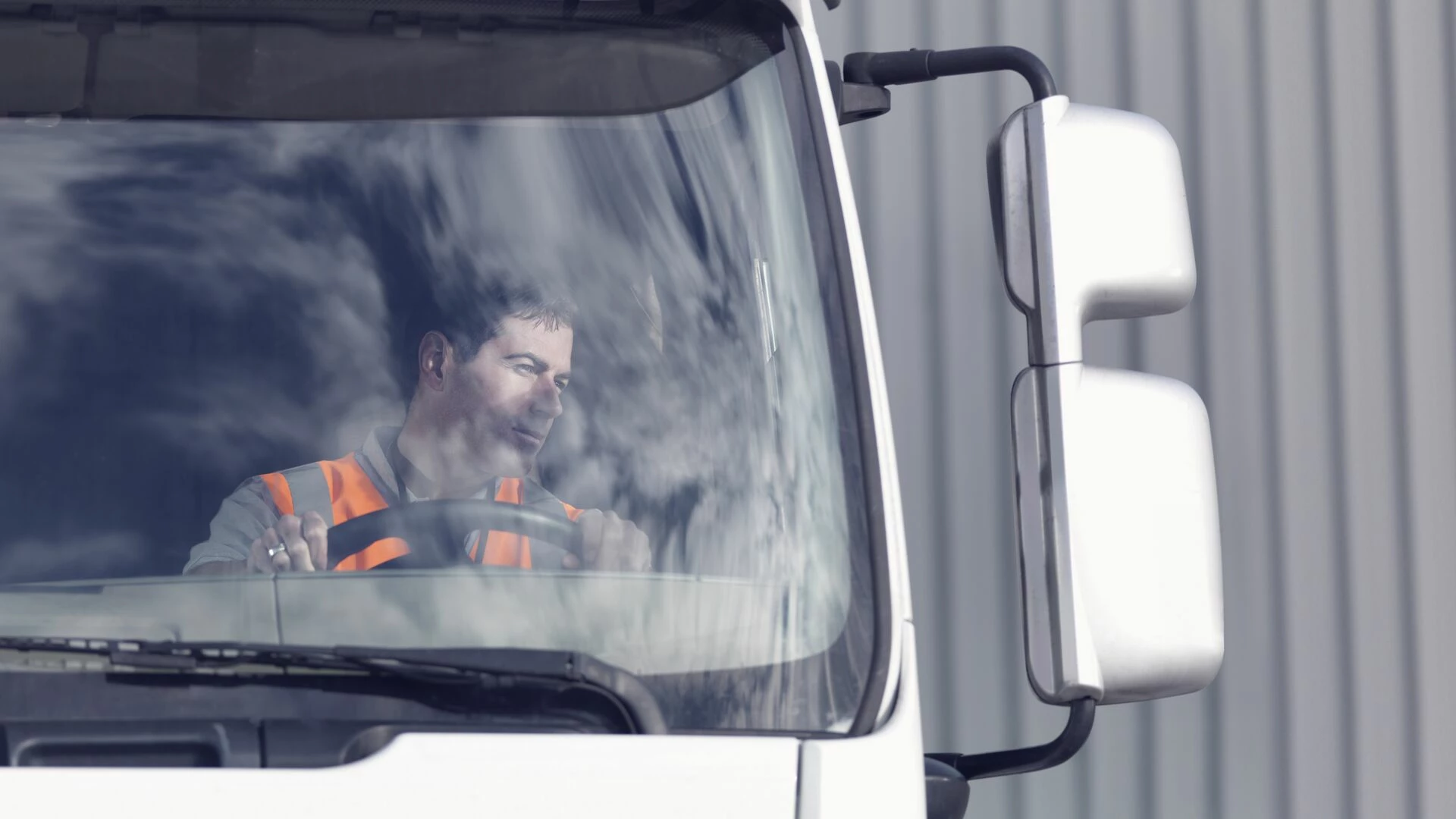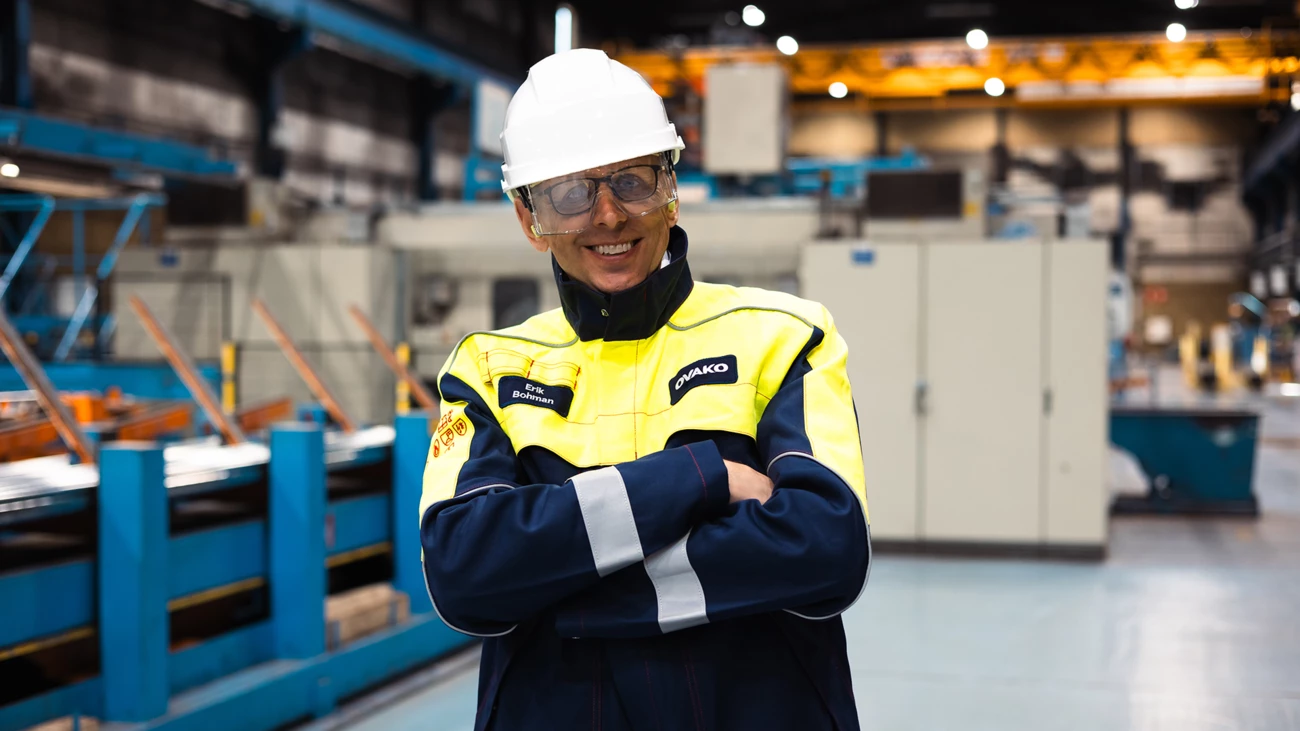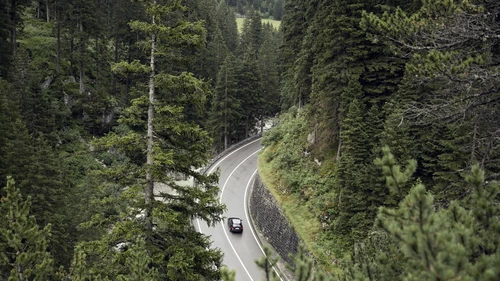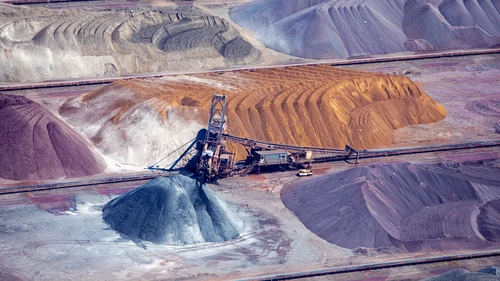Steel production accounts for 8% of global CO2 emissions and could play a major role in achieving the Paris Agreement targets to limit global warming. Our Nordea On Your Mind author Viktor Sonebäck spoke with niche steel producer Ovako's CFO Erik Bohman about how the company is striving for a superior CO2 footprint. They also discussed the ways in which both regulatory initiatives – including those related to carbon pricing – and consumer behaviour will be necessary to move the needle. Innovative projects, such as a new hydrogen plant, can yield multiple sustainability and economic benefits, both for Ovako and for our broader society.
Viktor Sonebäck (VS): Can you start by briefly telling us about Ovako's business?
Erik Bohman (EB): We are a steelmaking company operating in the niche for long special steel products, typically used for cars, trucks or other industrial applications for which the requirements for the steel properties are especially demanding. If there are three attributes that set us apart, it would be our material properties, quality consistency and low CO2 footprint. Size-wise, we have the annual capacity to produce one million tonnes of steel and a turnover of around EUR 1bn.
VS: Given the nature of your industry being quite energy- and emission-intense, what does your own sustainability footprint look like? What are the major challenges you are facing?
EB: Our CO2 footprint is about 80% lower than the global average in our industry, making us a leading player. This is mainly the result of two factors: the Nordic energy and electrical system is largely fossil-free and we have a large share of our operations in Sweden, meaning that it has been economically beneficial for us to convert away from gas and other fossil sources to electricity. This has essentially been the case ever since the oil crises of the 1970s, and it is entirely vital that the energy production available to us is based on water, wind and nuclear, and not fossil fuels. Without this, our footprint would look very different.
Besides our energy footprint, 97% of our raw materials are reused steel, which makes a substantial difference, compared to the global sector average. There are two main processes for making steel. One is based on iron ore and the other uses recycled steel. The first one entails reducing iron ore by using carbon, and the entire point of this process is to make CO2. We avoid this step entirely by using recycled materials, but even in comparison to other scrap-based manufacturers, we have a very competitive footprint, owing to our use of fossil fuel-free electricity and the fact that we have electrified almost the entirety of our production. Since electricity has been cheaper than gas in the Nordics, we have always striven to increase electrification. We have a higher share of electricity in our process compared to our competitors, while, for example, our German or Italian counterparts rely more heavily on gas.
Steel is unique in that it is, theoretically, endlessly recyclable. Compare this to paper or textile fibre, where you always have to mix in quite a high share of virgin material. This is not the case for steel. The problem, however, is that the recycling process is imperfect and you always get a small share of unwanted metals that are difficult to get rid of. This leads to a gradual accumulation of, most famously, copper, and means that you want to mix in other material as well to control the copper ratio.
It may also be the case that special products for special applications require a higher share of steel that might not have been recycled more than once. So, theoretically, we can use any type of steel, but there is a large cost and sustainability benefit in focusing on recycled material. Very large-scale production tends to be iron ore-based. For example, large steelmakers producing flat products have traditionally relied on iron ore. Our path and decision to focus on scrap has been guided by sound economic decisions, and our choices continue to be shaped in this way. Sustainability must be first and foremost financially sustainable – otherwise someone else will end up footing the bill. So, for every step we take in our sustainability journey towards an even more improved CO2 footprint, it is of absolute necessity to also be economically viable.




